Nature Communications: Cryptochrome 1 mediates light-dependent inclination magnetosensing in monarch butterflies
(隐花色素蛋白介导帝王蝶光依赖的磁倾角磁感应)
许多动物(例如鸟类和昆虫)利用地球的磁场(地磁场)来定位和导航。然而,磁感应的分子和细胞生物学基础在很大程度上仍然未知。曾有生物物理模型指出,磁感受可以通过隐花色素(CRY)蛋白光激发形成的磁敏感性自由基对的量子效应来实现。迄今为止,只有对模式昆虫果蝇的研究提供了具有说服力的证据,证明了对紫外线-A/蓝光敏感的I型隐花色素蛋白CRY1参与动物的磁感受行为。并且令人惊讶的是,这一发现可以扩展到对光不敏感的类哺乳动物II型隐花色素蛋白——如帝王蝶和人类的CRY2。在此,本文作者展示了著名迁徙性(迁飞)昆虫帝王蝶通过依赖紫外线-A/蓝光和CRY1(而非CRY2)可对地球磁场磁倾角的逆转做出特异性响应。作者进一步证明了表达CRY1的触角和复眼均为磁感应器官,并且认为只有感光的隐花色素蛋白在动物基于磁倾角的光依赖磁感应中发挥作用。
针对迁飞性昆虫北美帝王蝶中依赖光的磁感受所建立的可靠个体水平行为分析方法
A robust individual-level behavioral assay for light-dependent magnetoreception in the monarch butterfly.
A图为将帝王蝶固定在一个飞行模拟器的中心,周围是一个3D亥姆霍兹线圈系统,面向地磁南方。在三对线圈(红、蓝、绿)中,绿色对的平面平行于地磁北极(N),垂直于地磁东(E);B图为被固定帝王蝶的正面视图和计算振翅次数的红外光系统;C图为试验过程中全光谱光照条件(~350-800 nm)的辐照度曲线;D图左侧所示北-东-下坐标系中环境磁倾角(AMI)和AMI的反转(RAMI)。BF、BH、BZ、I分别表示地磁矢量、水平分量、垂直分量、磁场倾角。右图为全光谱光(白圈)下,野生迁飞型帝王蝶(橙色)和实验室饲养的野生型帝王蝶(黑色)对磁倾角反转(红线)的磁响应(每组n = 32)。每个箱形图代表每10 s时间内的振翅数(中位数,中心线;四分位间距(IQR),方框;1.5× IQR,晶须)。每个点代表一个个体的反应。用双侧曼-惠特尼U检验,对每隔10s野生迁飞型帝王蝶和实验室饲养帝王蝶振翅数进行p < 0.05水平统计学显著性检验,结果无显著性。
Figure A: Monarchs are tethered and fixed in the center of a flight simulator surrounded by a 3D Helmholtz coil system, facing the geomagnetic South. Of the three pairs of coils (red, blue, and green), the plane of the green pair is parallel to geomagnetic North (N) and perpendicular to geomagnetic east (E); Figure B: Frontal view of the tethered monarch and the infrared beam system counting the number of wingbeats; Figure C: Irradiance curve of full-spectrum light conditions (~350–800 nm) during trials; Figure D: Left panels, North-East-down coordinate system of the ambient magnetic inclination (AMI) and the reversal of AMI (RAMI). BF, BH, BZ, and I represent the geomagnetic vector, horizontal component, vertical component, and inclination of the magnetic field, respectively. Right panels, magnetic responses of wild-caught migratory (orange) and laboratory-raised (black) wild-type monarchs to a reversal of magnetic inclination (red line) under full spectrum light (white circle) (n = 32 for each group). Each box plot shows the number of wingbeats for every 10 s time bin (median, centerline; interquartile range (IQR), box; 1.5× IQR, whiskers). Each dot represents the response of an individual. Statistical significance between wild-caught migrants and laboratory-raised monarchs was tested for each time bin using a two-tailed Mann–Whitney U test at p < 0.05. No significance was found.
迁飞性昆虫美帝王蝶的隐花色素蛋白DpCry1是依赖光的磁感受行为所必需的
DpCry1 is necessary for light-dependent magnetoreception in monarchs
A图为全光谱辐照度曲线(~350-800 nm;黑线),紫外线(UV-A)/蓝光(~380 – 430nm;紫色线)和青/绿光(~480-580 nm;绿线);B图为在不同光照条件下(全光谱,白圈;黑暗,黑圈;紫外线(UV-A)/蓝光,紫圈;青/绿光,绿圈)下dpCry1野生型(黑色)和dpCry1敲除突变体(蓝色)帝王蝶对磁倾角反转的磁响应(RAMI;红线)。每个箱形图显示了每10 s时间内的振翅数(中位数,中心线;四分位间距(IQR),方框;1.5×IQR,晶须)。每个点代表个体的反应(每个基因型n = 30)。在每种光照条件下,用双侧曼-惠特尼U检验对每隔10s不同帝王蝶分组中振翅数进行p < 0.05水平统计学显著性检验。
Figure A: Irradiance curves of full-spectrum (~350–800 nm; black line), UV-A/blue (~380–430 nm; violet line) and cyan/green (~480–580 nm; green line) light; Figure B: Magnetic responses of dpCry1+/+ (black) and dpCry1−/− (blue) monarchs to a reversal of magnetic inclination (RAMI; red line) under different lighting conditions (full spectrum, white circle; darkness, black circle; UV-A/blue, violet circle; cyan/green, green circle). Each box plot shows the number of wingbeats for every 10 s time bin (median, centerline; interquartile range (IQR), box; 1.5× IQR, whiskers). Each dot represents the response of an individual (n = 30 for each genotype). In each lighting condition, statistical significance between genotypes was tested for each time bin using a two-tailed Mann–Whitney U test at p < 0.05.
Many animals use the Earth’s geomagnetic field for orientation and navigation. Yet, the molecular and cellular underpinnings of the magnetic sense remain largely unknown. A biophysical model proposed that magnetoreception can be achieved through quantum effects of magnetically-sensitive radical pairs formed by the photoexcitation of cryptochrome (CRY) proteins. Studies in Drosophila are the only ones to date to have provided compelling evidence for the ultraviolet (UV)-A/blue light-sensitive type 1 CRY (CRY1) involvement in animal magnetoreception, and surprisingly extended this discovery to the light-insensitive mammalian-like type 2 CRYs (CRY2s) of both monarchs and humans. Here, we show that monarchs respond to a reversal of the inclination of the Earth’s magnetic field in an UV-A/ blue light and CRY1, but not CRY2, dependent manner. We further demonstrate that both antennae and eyes, which express CRY1, are magnetosensory organs. Our work argues that only light-sensitive CRYs function in animal light-dependent inclination-based magnetic sensing.
编辑:张雨宁
原文信息:Wan, G., Hayden, A. N., Iiams, S. E., & Merlin, C. (2021). Cryptochrome 1 mediates light-dependent inclination magnetosensing in monarch butterflies. Nature communications, 12(1), 771. https://doi.org/10.1038/s41467-021-21002-z


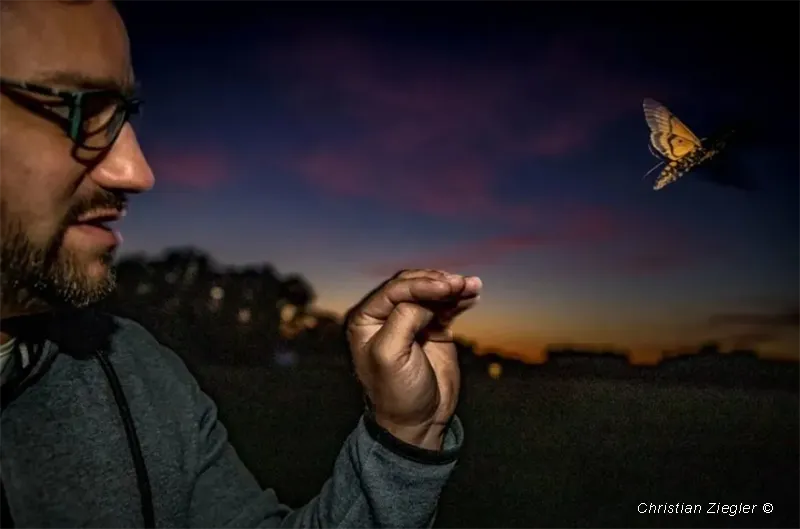

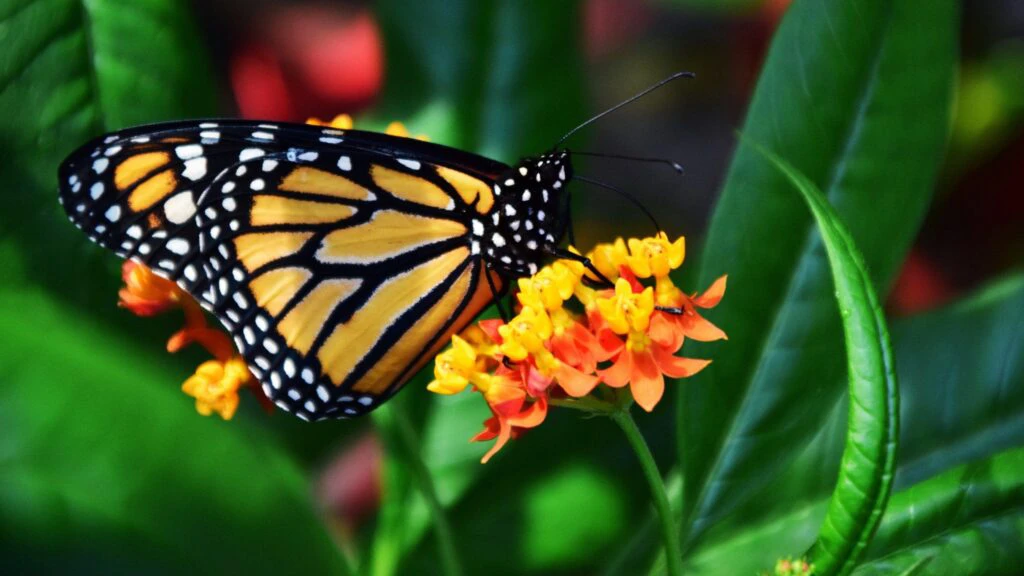
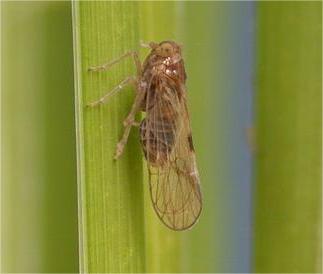
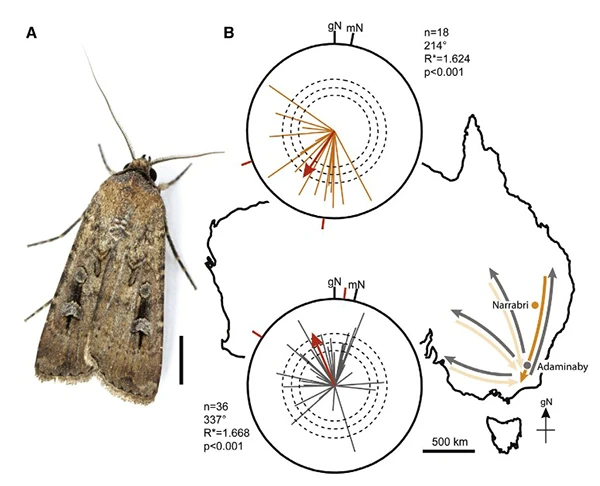
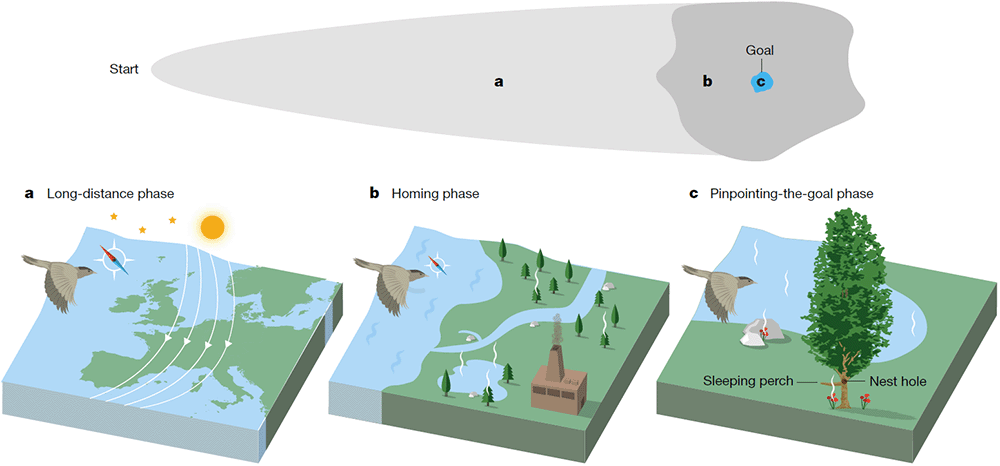
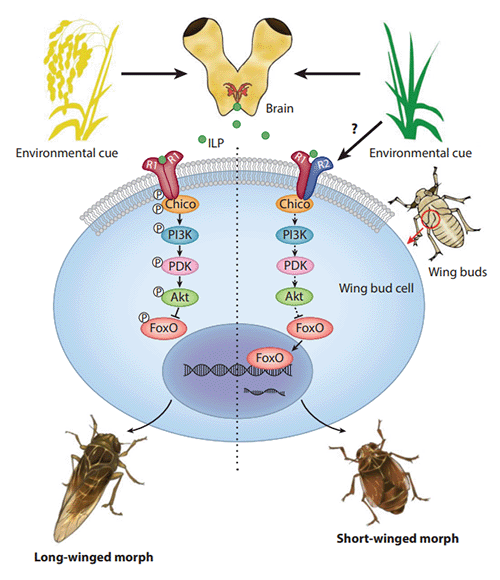
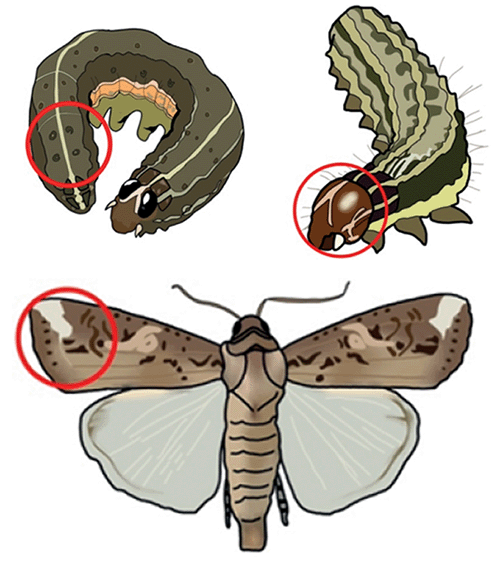


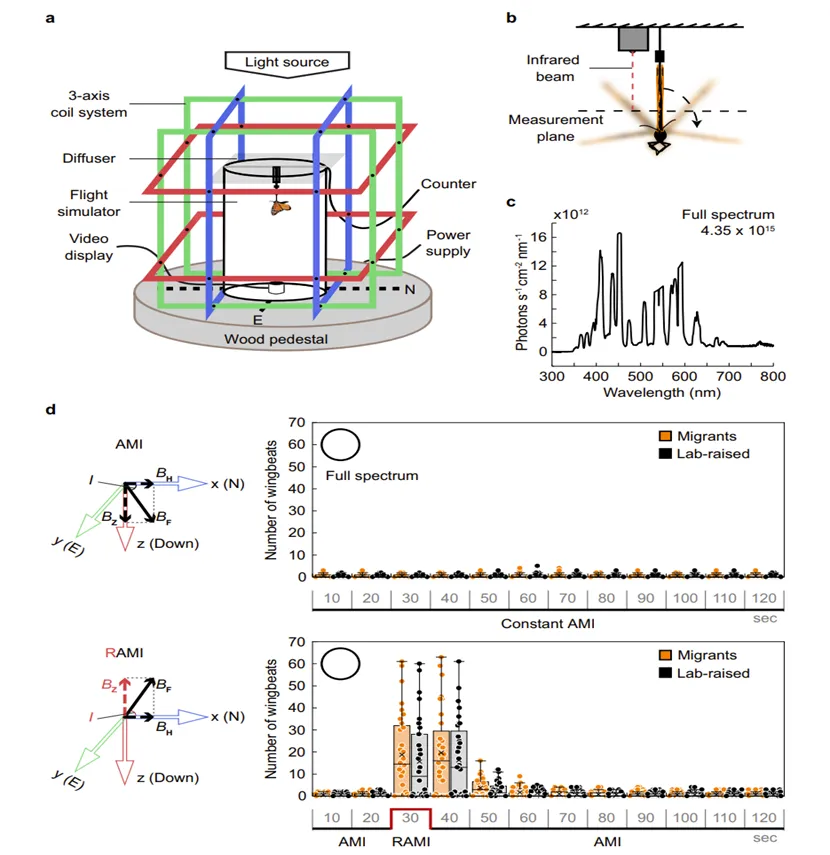
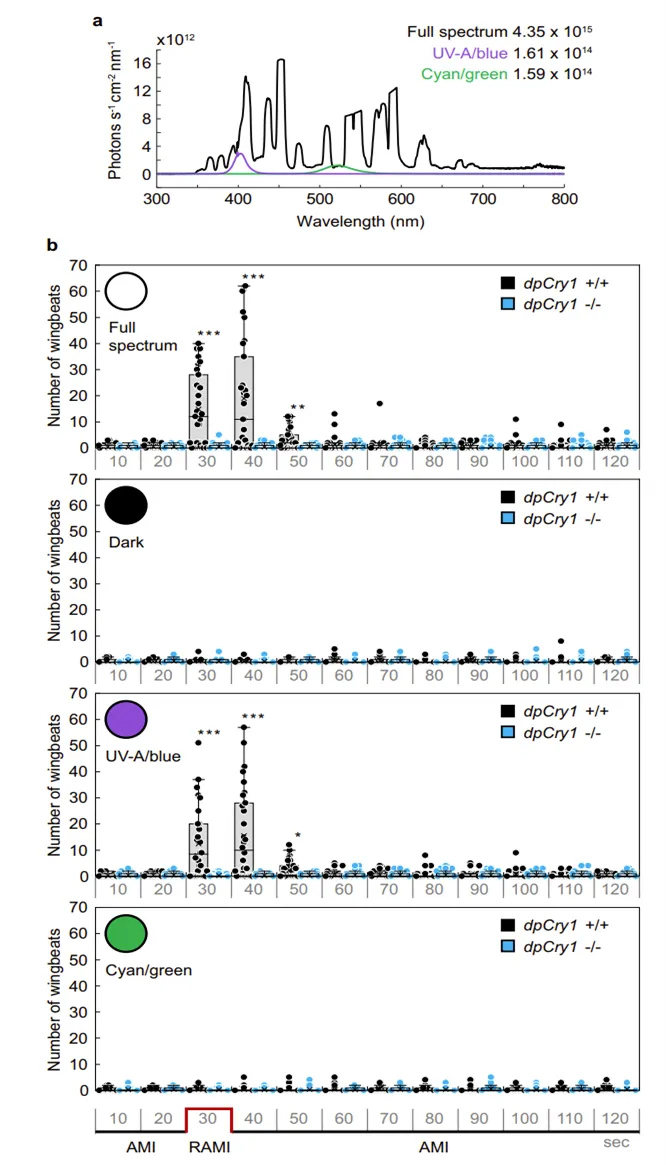

发表回复